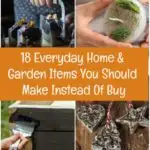
Take a good look around and open your eyes wide. It appears that modern technology has us pressing a lot of plastic buttons and swiping screens at lightning speed. From the largest of clumsy thumbs, down to the most curious tiny fingers, tech is where it is at – and where it isn’t.
While it is useful to know how to navigate the online world, your hands have a much higher purpose than that.
To nurture that essential creative connection between your brain and your hands, ultimately to your heart, you are going to have to learn/relearn to use your hands more profoundly.
Remember that childhood patchwork quilt that your grandmother lovingly sewed just for you? Can you still feel the warmth of those hand-knit slippers on a cold winter night?
Are you dreaming about a handmade life – as life used to be – or, better yet, are you living it?
Despite the fact that most things you desire can be bought with a single tap of a fingertip, there are still times when what you want is not for sale.
Choose your longing for handmade objects carefully, for you may find that others want to purchase exactly what you have created.
Why buy handmade?

Making items and objects on your own is a very admirable thing indeed. Yet, we don’t always have the necessary skills to make everything we want and need.
That is where money, and trade, came in.
It allowed us to become specialized. You went to the basketweaver when you needed a basket. For lighting your home, you went to the candlemaker before you ran out of candles. Even breadmakers became so proficient at raising dough, that many people left the early hours and hard work of kneading up to them.
But, we don’t need to be specialized to be creative, or crafty, from time to time.
We create because it is who we are. To stay busy, to make the world a more beautiful place, to make ends meet, to have something meaningful to do.
Rather than buying what industry has created, you also have the choice to buy many items “handmade”. This is wonderful if you do not have the skills (yet!) to make them yourself.
Handmade items are:
- supporting local production and real people
- not part of a throwaway culture
- keeping craft skills alive
- most importantly, they are unique
Naturally, there are more benefits to buying handcrafted products, though the best way to discover this, is to simply go out and do it.
Handmade items to make instead of buy
When starting to live a more handmade, eco-conscious life, one of the first things we tend to switch out is household chemicals, in favor of all-natural ones. It is quite easy to make this change.
Then we begin to look at the origins of materials, even adopting a plastic-free lifestyle. Is it impossible? No. Is it hard? Yes, it is.
Even getting rid of plastic in your clothing is a real challenge. Plastic threads are in jeans, in coats, not to even mention the shoes that protect your feet from the elements or rain, mud and cold. Though if you don’t mind connecting with the subtle energies of the earth, you could even sew yourself a pair of rope-soled earthing sandals if you are so inclined.
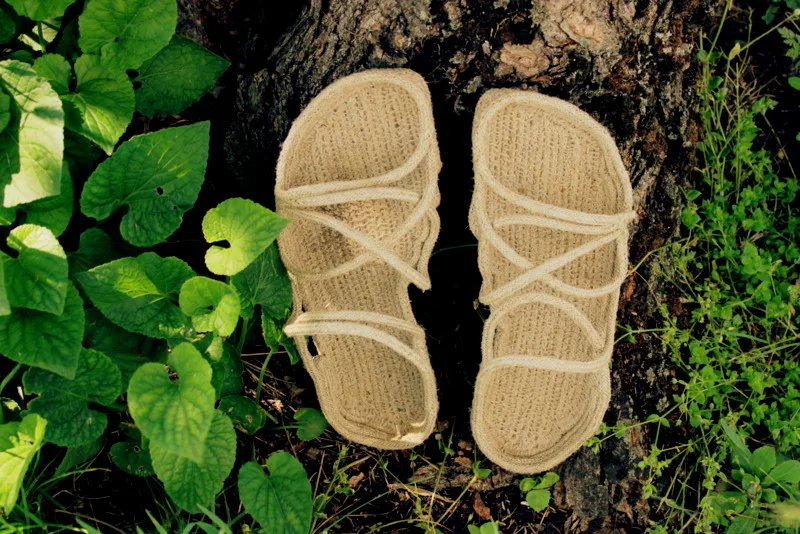
Handmade sandals are neither a home, nor a garden topic, though they can be worn and enjoyed in both.
They may even give you a little inspiration to keep creating more and more with your hands.
While you may not necessarily save money by making things by hand, think of all the joy and pride you will gain by gifting beautiful, clever and practical items to those that you love. In the context of modern life we certainly crave such surprises.
1. Braided rugs
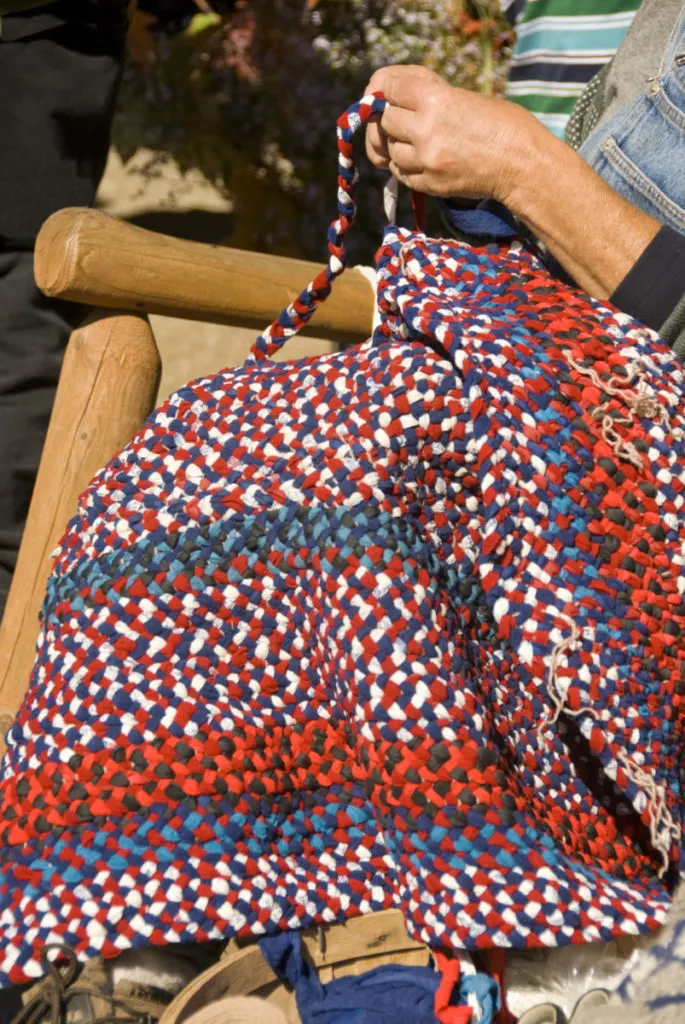
Once a memorable feature of every homestead, braided or rag rugs fell by the wayside when floor-to-floor carpeting became a golden standard.
It is one way to prevent still-in-good-condition sheets and cloths from going directly to a landfill.
All you need to do, is rip, or cut the fabric into strips, braid and sew as you go to create a rug that fills your space.
A quick search will leave you with plenty of tutorials and videos on how to braid a cozy rag rug.
2. Baskets
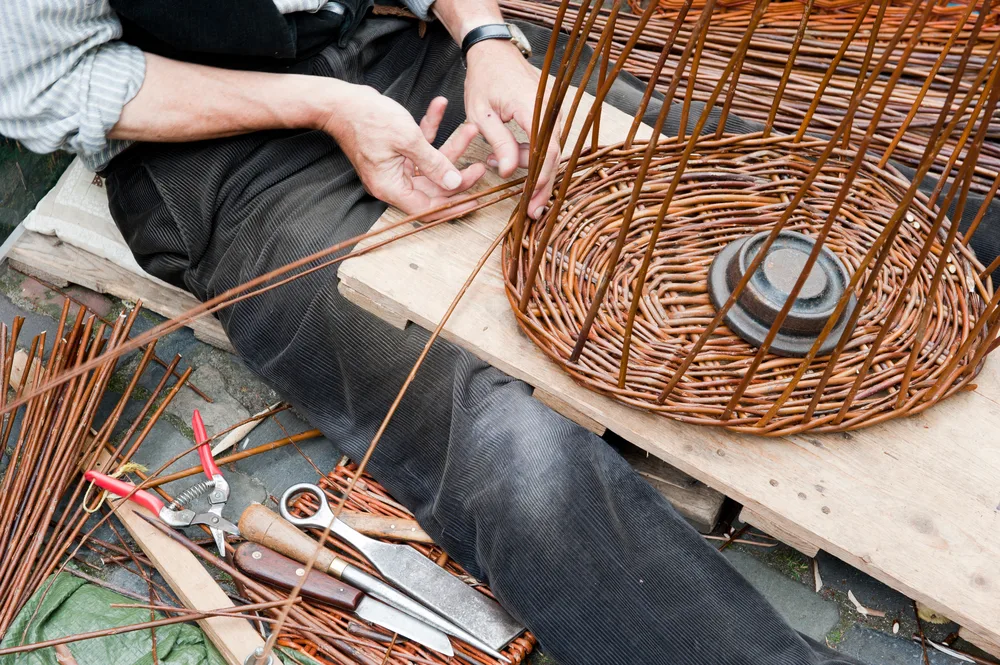
One can never have too many baskets. Or rather, it is a difficult situation to have too few of them.
Either way, once you find your way to basketweaving, or weaving birdhouses or bird feeders, you will wonder why it took you so long to get started.
Handwoven baskets tend to be on the more expensive side for good reasons. First of all, the weaving patterns can be complex. Secondly, it takes time to get to know the materials, how they will bend, where they will break. Thirdly, weaving a basket takes a lot of hand strength! If you aren’t sure you have it, start with weaving a wreath, which we will get to in a moment. Otherwise, get inspired by looking at the works of others.
If the passion for making baskets is present, you will know it right away.
The best way to learn basketweaving, is from someone who knows how to do it. With soaked materials in hand and tools at your side, an experienced weaver can talk you through the process.
Videos are also helpful, as are books, such as this one:
Willow Basketry: A How-To Guide by Jonathon Ridgeon
3. (Un)Paper towels
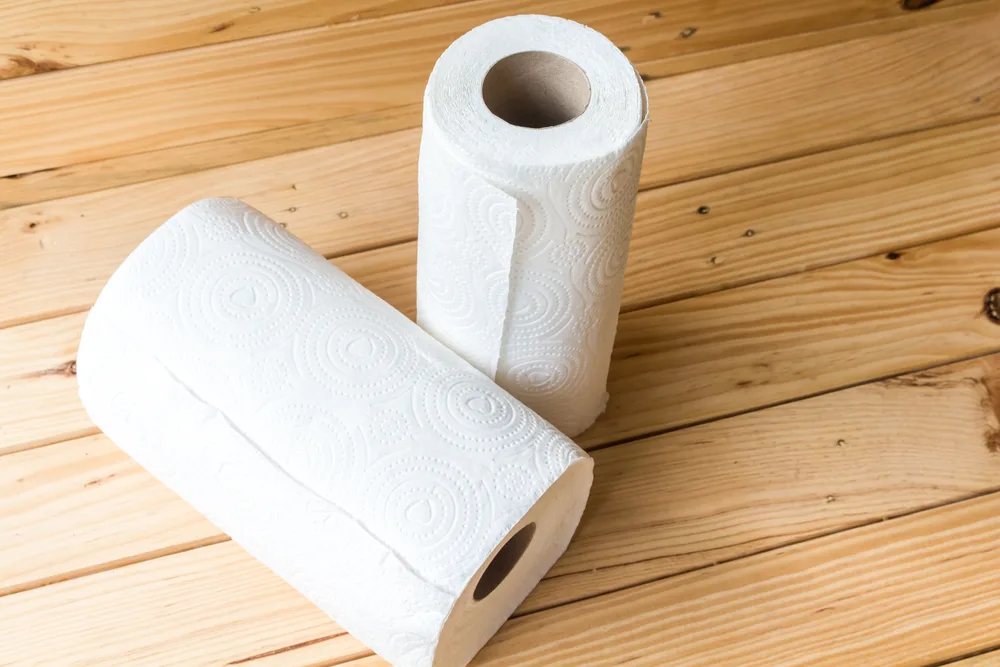
I know, the thought of using unpaper towels sounds about as fun as using handmade toilet paper, otherwise known as family cloth or reusable toilet paper.
The idea might take some getting used to, but it stands for good reason. Utilizing zero-waste options helps you to save money, prevents trees from being logged (why is it that a dead tree is worth more than a live one?) and quite frankly, prevents you from ever running out of toilet paper.
If you can cross that line, you can definitely learn to sew your own unpaper towels for cleaning up messes of all sizes.
DIY Unpaper Towels (Without a Sewing Machine) @ Mommypotamus
4. Candles made from beeswax
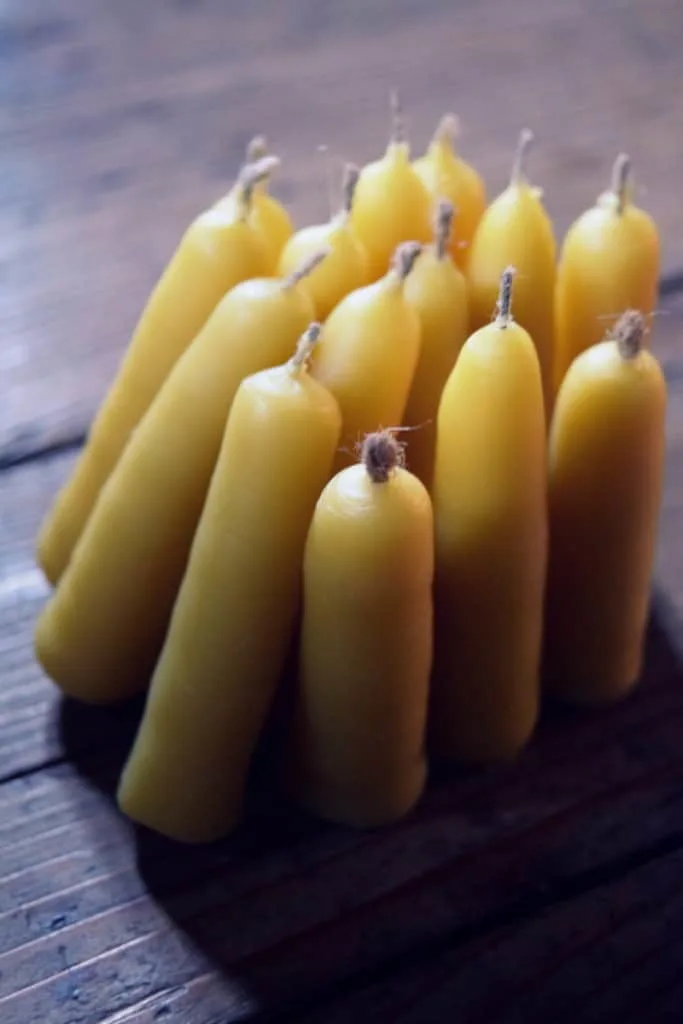
It seems that most people adore candles that emit a glowing light, especially scented candles. Yet, few know about the dangers associated with those chemical fragrances. Some paraffin candles contain up to 20 different types of toxins!
What is a natural, healthy alternative?
Beeswax candles can be dipped, or they can be poured into small glass jars. Either way, they are purifying the air instead of polluting it.
Making candles is a very satisfying process that everyone can do, the only question is what holds you back from getting started?
Read more about making your own beeswax candles in this article.
5. Wreaths
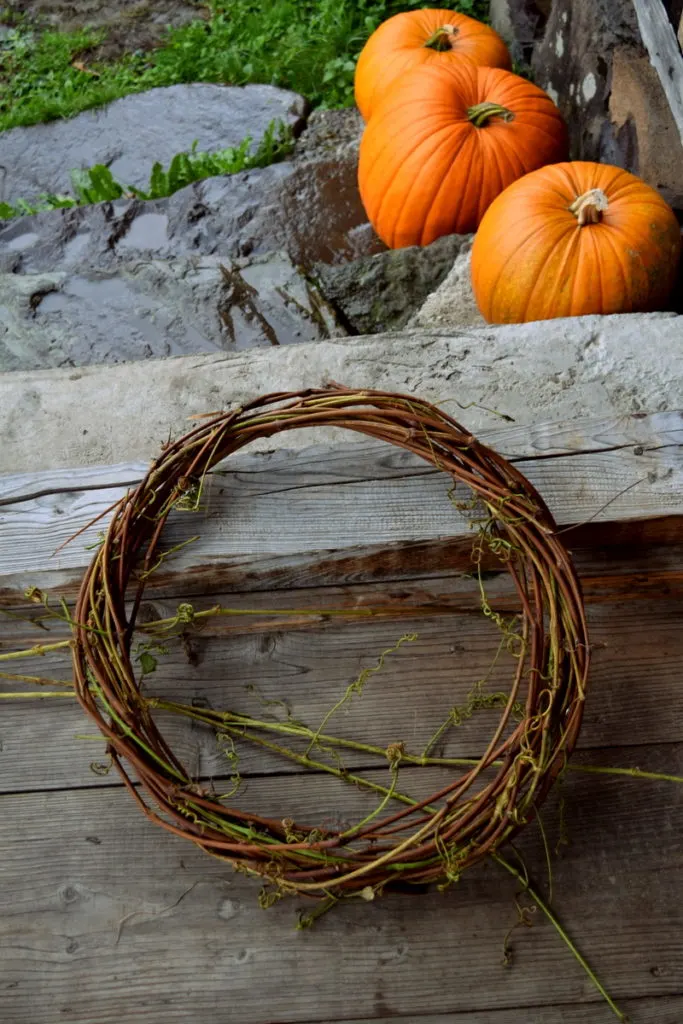
The same as with dipping candles, making wreaths is such a simple, practical task that takes no more than an afternoon to complete. It can potentially even make you some pocket money, provided that your end product is as lovely or better than(!) a store-bought one.
Check out this tutorial to see just how easy it is:
How To Make A Grapevine Wreath (Or Any Other Vining Plant)
A pine cone wreath is another beautiful handmade option.

6. Fire starters
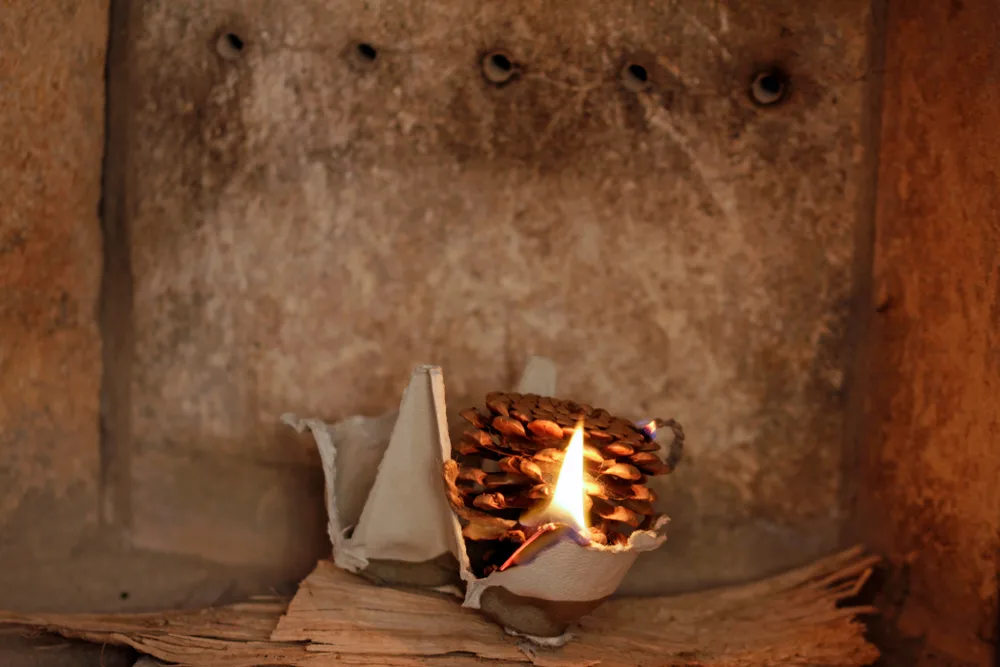
Store-bought fire starters aren’t always as eco-friendly as you would like. As it turns out, some homemade ones aren’t all that much better. Growing up, my husband helped his grandparents to start the morning fire with a corncob dipped in diesel fuel. Proof that not everything from the past is worth saving.
While it is possible to purchase some eco-friendly options for all your fire starting needs, it is often far easier to make your own with items you already have on hand, such as pine cones and beeswax.
You can also check out Elizabeth’s article for more detailed information: 5 Eco-Friendly Firelighters (+ How To Make Your Own)
7. Holiday decorations
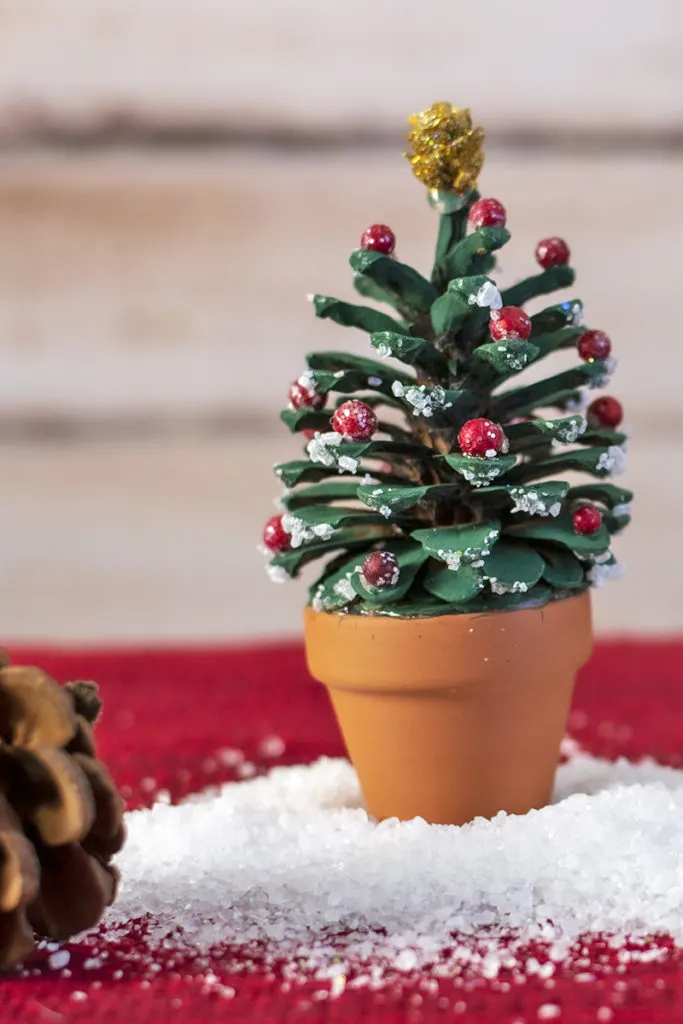
The next time you wander around a craft show, take a good look at what you are naturally drawn to.
Branches? Autumn leaves coated in beeswax? Carved wooden bowls and spoons? Fairies and gnomes? A set of wooden reindeer?
Nature is rich in materials that we can use for seasonal decorations, if we only have the time to be creative.
If you are willing to climb a tree, that Christmas mistletoe may be free for the taking!
Related Reading: 25 Homemade Pine Cone Christmas Decorations
8. Macrame plant hangers
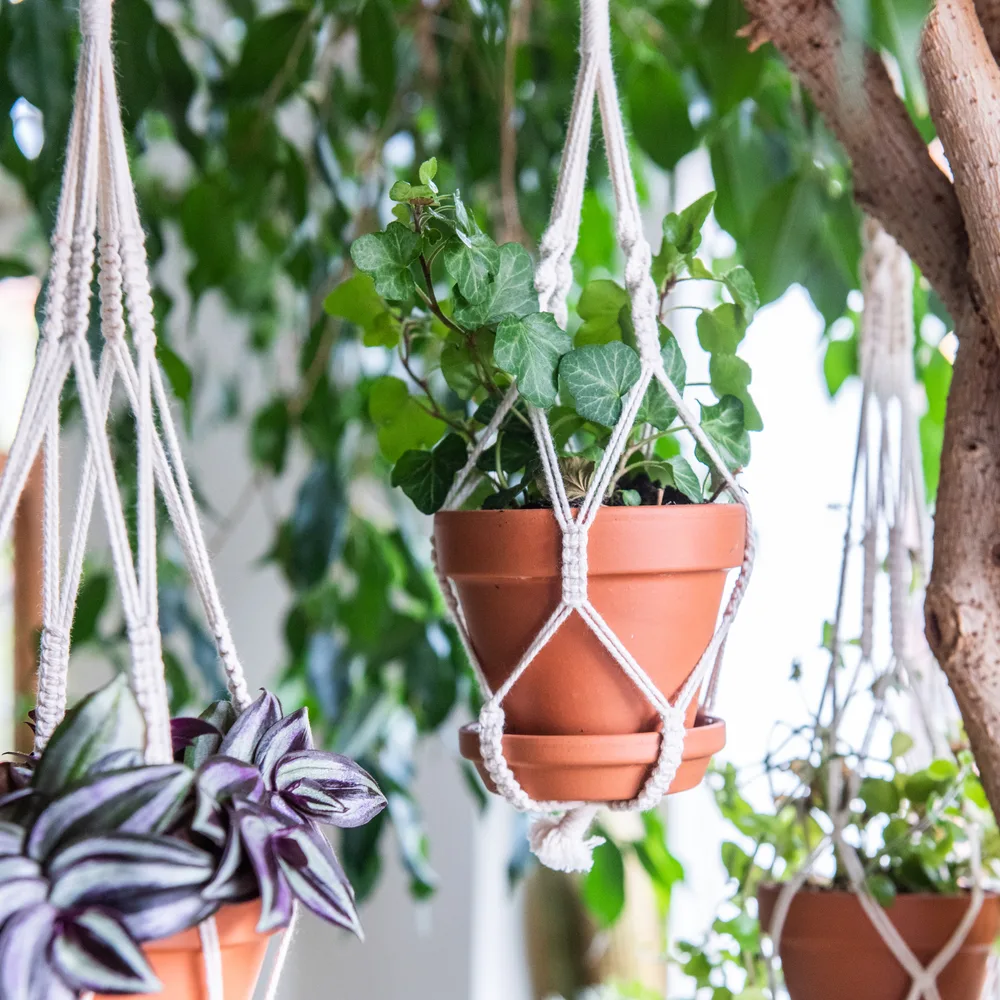
One quick peek at Pinterest with macrame as a search word and you will be bombarded with more ideas than you could knot in a lifetime.
You will find everything from wall hangings to macrame bags and earrings and, of course, the ever popular “perennial” topic of plant hangers.
If you learn how to make just two kinds of knots, you too can continue this craft.
While you can buy macrame plant hangers from other crafters, learning macrame is one area that comes easily to many. It is also a good challenge that uses your mind and your hands – along with incorporating the beauty of creating something that fits your plant pots as well as your house.
Macramé for Beginners and Beyond: 24 Easy Macramé Projects for Home and Garden by Amy Mullins and Marnia Ryan-Raison
9. Birdseed ornaments
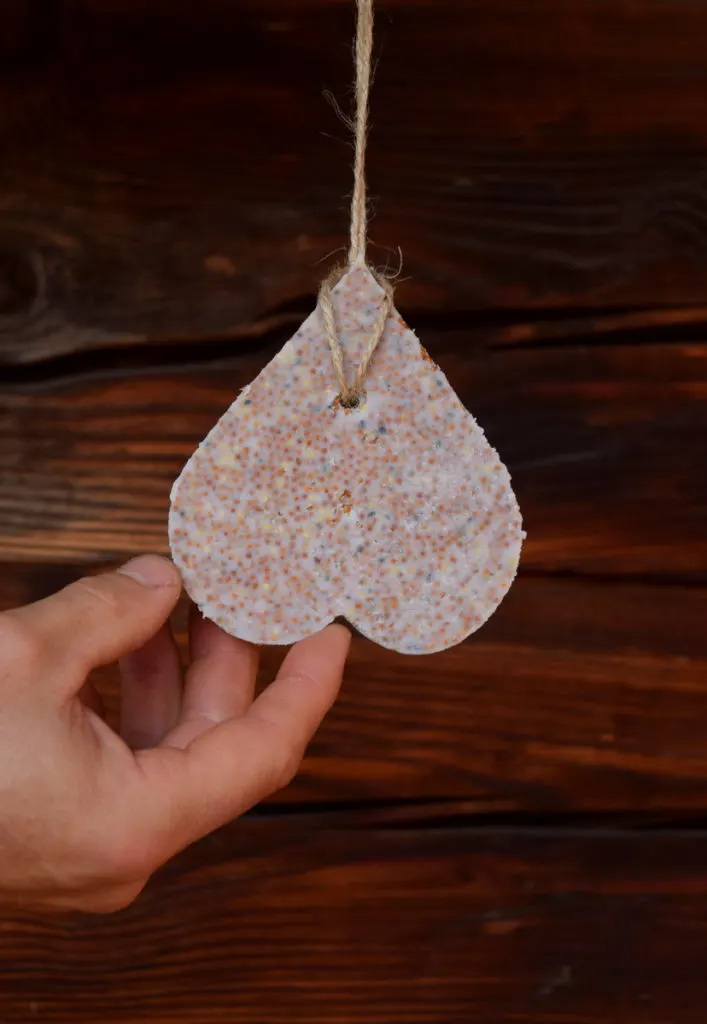
One thing that is definitely worth making instead of buying, is birdseed ornaments.
All it takes, is birdseed and tallow (suet). Or seeds, peanut butter and another binder such as coconut oil.
Kids will enjoy helping to make them, everyone will marvel at the birds eating them and, in turn, you can appreciate nature even more than before as you watch the winter birds from the comfort of your home. Who knew that birdseed could create such an impact?!
Tutorial: How To Make 2 Ingredient Birdseed Ornaments
It could be even simpler by spreading peanut butter over a pine cone before rolling in birdseed.
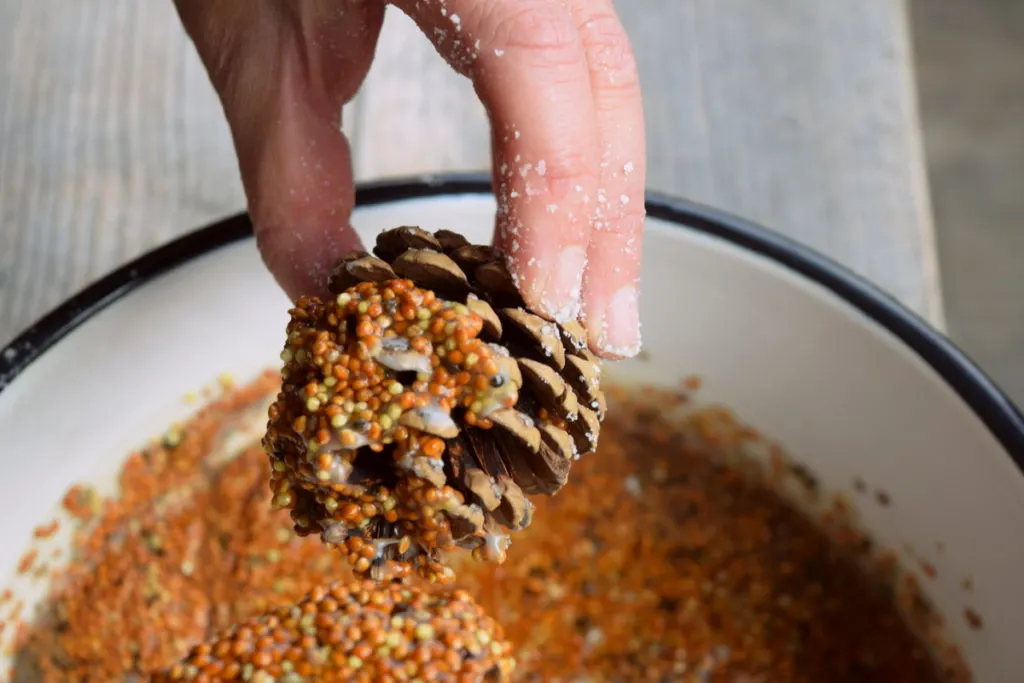
10. Handmade soap
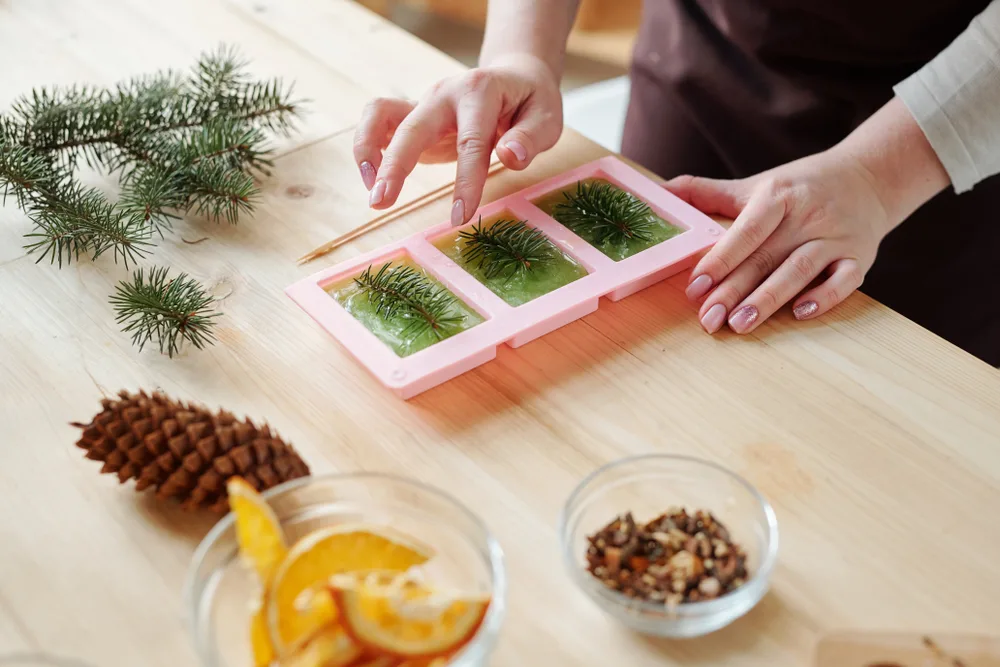
Soap is a necessity for keeping our hands clean, particularly after a spell of working gloveless in the garden.
There are all kinds of soaps for all purposes and, truth be told, what kind of soap you use is a very personal choice.
But the nice thing about making handmade soaps is that you get to choose the ingredients, even adding your own garden herbs if you wish.
If you are interested in making soaps for the short haul and are not yet ready to invest in lots of equipment, check out our article of 15 Melt and Pour Soap Recipes Anyone Can Make.
Diving into a bubble bath, if you read any book about soapmaking, let it be this one: Simple Natural Soapmaking: Create 100% Pure and Beautiful Soaps with the Nerdy Farm Wife’s Easy Recipes and Techniques by Jan Berry.
11. Wooden furniture
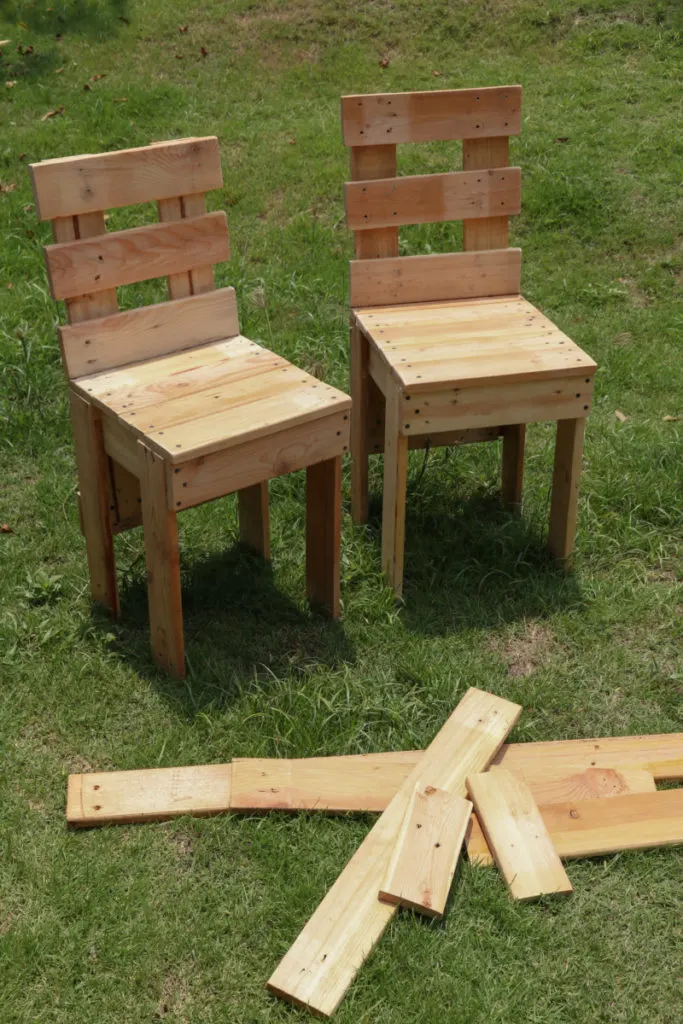
Where have all the wood furniture makers gone?
It is a question I ask myself quite frequently, because I know they used to exist. The men with hardened fingers who planed wood by hand, who knew how to make complex joints, who took pride and care in the quality of their work.
Often it is frustrating that the simplest of items can no longer be found. In that case, we need to relearn how to do them for ourselves.
If you don’t have a garage full of tools, never fear. You can make a number of wooden furniture items, such as a simple wooden stool, exclusively using hand tools.
And a little something for the garden…
Have you ever entered a garden center and watched your money fly away like autumn leaves blowing out of the tree?
Many people proclaim that gardening is free, but this is certainly not true. At least not always. Although there are definitely some things you can do to massively cut gardening costs.
Unless you have cows and other animals for manure, the land for having enough raw material for making enough compost or plenty of space to make it all happen, then at some point you will have to buy what you lack.
Getting started always takes some input (of time, energy or money, perhaps all three), but once you get going, the rest comes easy(-er).
If you can make some of the following items for your garden, rather than buy them, then you are truly on your way to becoming self-reliant.
And that is a wonderful thing.
12. Compost
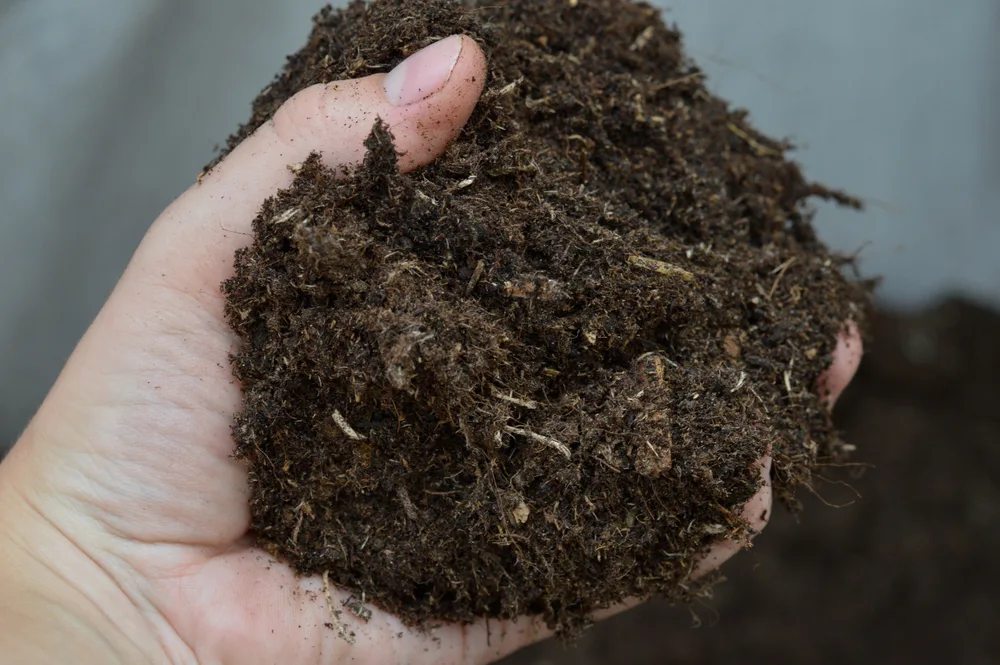
Why buy compost when you can make it at home?
Compost:
- enriches the soil
- helps to retain moisture
- reduces the need for chemical fertilizers
- introduces beneficial organisms back to the soil
- reduces landfill waste (less garbage!)
- and it protects plant roots from both sun and wind when used as a mulch
All in all, compost is a beautiful way to turn your scraps and organic waste into something even more valuable.
Knowing what to compost and what not to toss in your compost is certainly helpful for starters.
You can make it in your kitchen using a Bokashi bin or go whole hog in the garden with a larger system.
You might not save much money by creating your own compost, but you will know exactly what is in it. If you are using compost in your organic garden, this is priceless.
13. Fertilizer
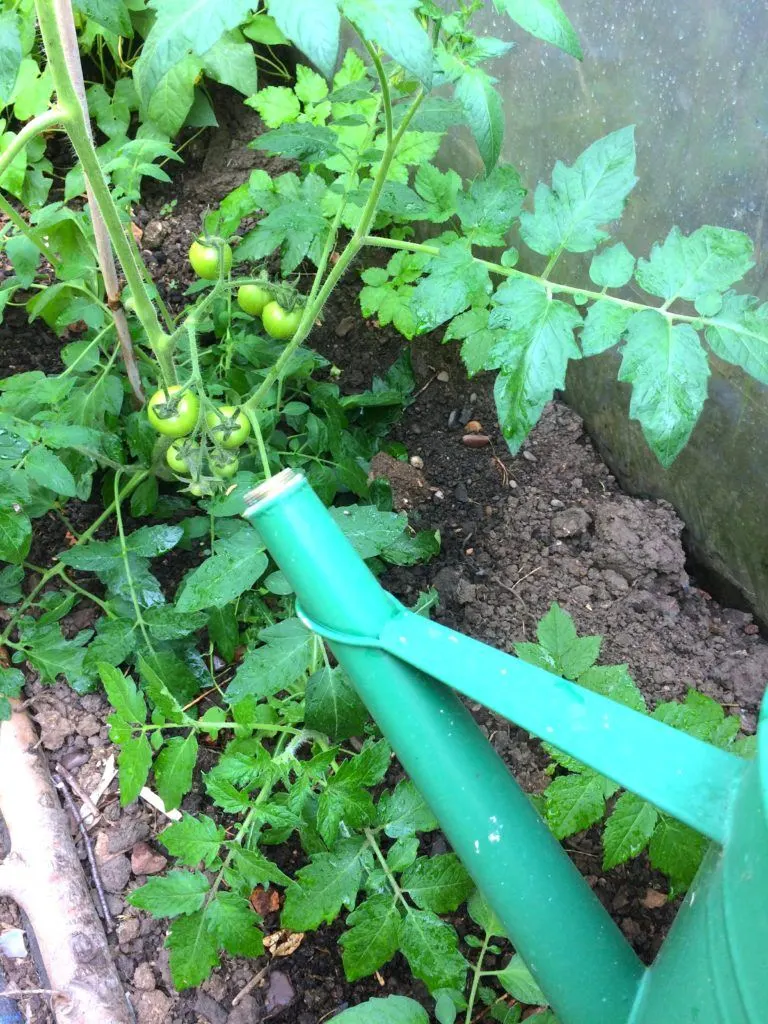
Chemical fertilizers are easy to come by, often cheap too. Though they come with a high price – in that they may kill or damage the landscape in more ways than you intend.
With a DIY mindset, all the fertilizer you need for your home garden, can be made right at home, next to the garden.
Forget about transportation fees and moving bulk amounts of liquid. You can make just as much as you need.
Depending on what your soil and plants need, you can make fertilizer from banana peels or comfrey leaves.
Or any number of green plants, as Elizabeth’s article explains: 10 Liquid Fertilizer Teas Made From Weeds and Plants
14. Garden markers
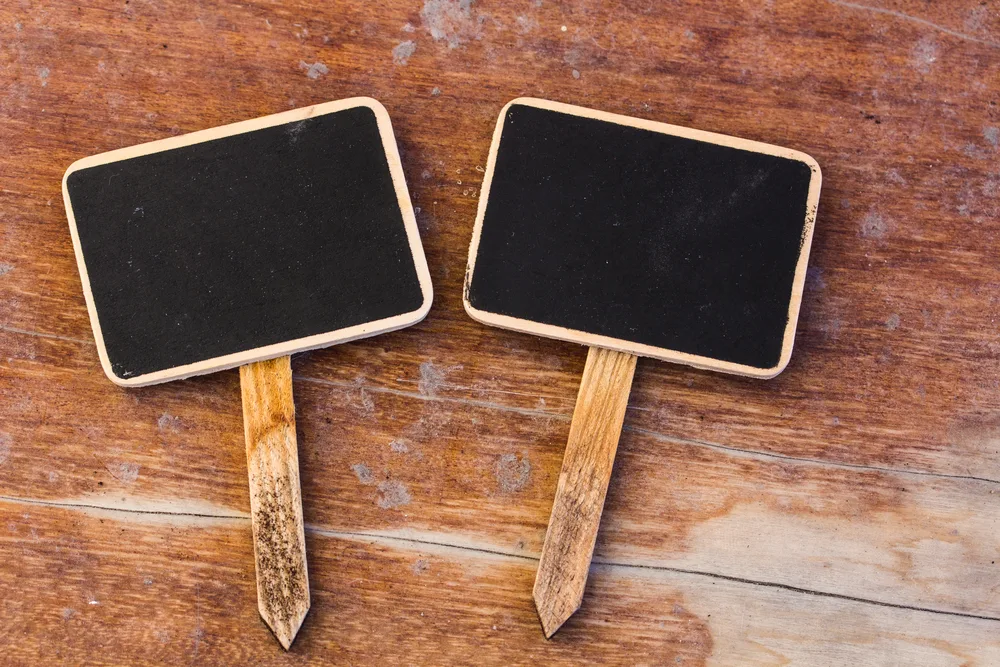
Is it fun to shop for garden markers? Yes, sometimes it can be, though making them will provide you with more time to be creative. Plus, you can label everything in your garden, not just the standard mint, tomato, parsley and chives that come in a pre-made kit.
What can you use? Just about anything.
You can reuse old bricks, broken pieces of clay planters, wooden clothespins, metal or wooden spoons, rocks or even twigs to get the message across.
It is a low-input project that takes as much energy as you are willing to put into it.
For more garden inspiration, read the article below:
25 DIY Garden Markers To Organize And Beautify Your Garden @ DIY & Crafts
15. Bat house
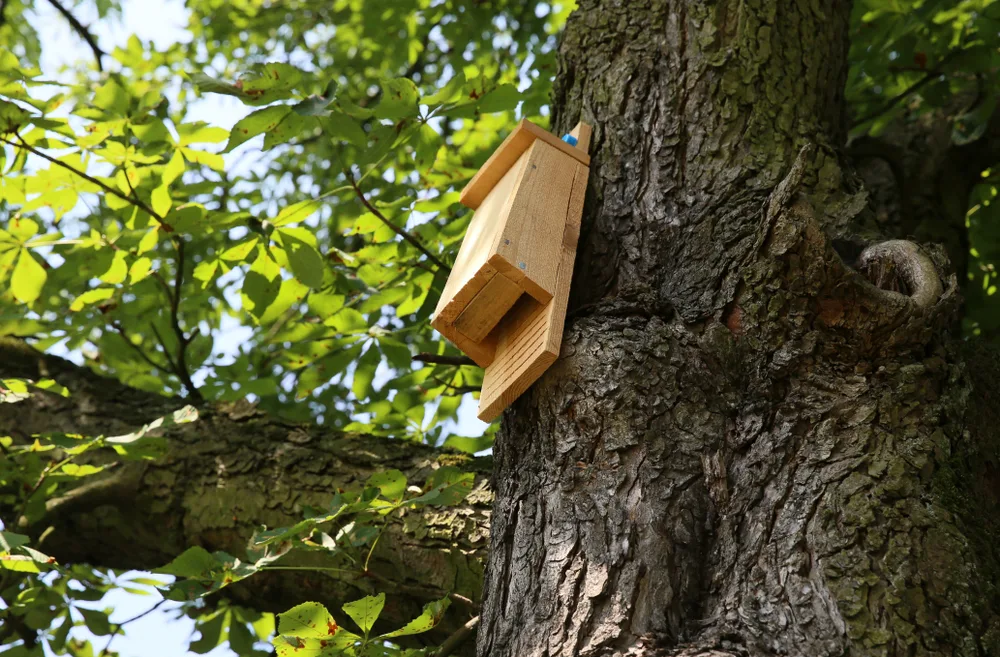
You know that bats are important hunters of mosquitoes and other flying insects, right? Bats also happen to be excellent pollinators too.
With bat species all over the world in decline, doesn’t it make perfect sense to make them at home?
A bat house is the perfect place for them to spend their days, as they go out hunting at night, consuming around 600 insects per hour/per bat. As a natural form of pest control their services cannot be beat.
Learn about 4 ways to attract bats to your garden – and why you should – then get moving on making a bat house and inviting the first colony in.
16. Wooden planter box
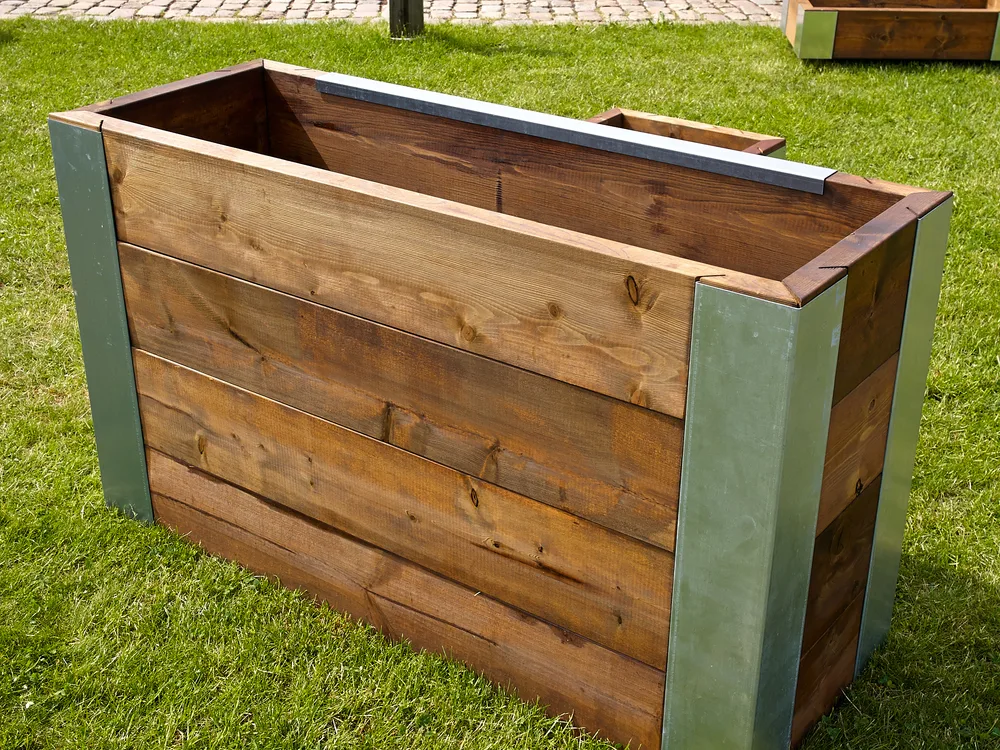
Buying a planter box definitely seems easier than making one. That is, if you don’t have the proper tools or have never tried to make one before.
When all is said and done about creating over buying, you need to ask yourself why you are always handing the experience over to someone else.
Even if it is hard, or difficult, or confusing, do it anyway. You just might learn something about the materials, even about yourself.
And if you really like plants, planter boxes when made at home, can be customized to fit your space.
There are lots of amazing ideas out there. Go ahead and find your favorite, then put it together, or hire someone to make it for you. See, there is more than one way to go about getting something handmade!
DIY Modern Raised Planter Box @ Crafted Workshop (video)
12 DIY Planter Boxes You Can Make in a Day @ Family Handyman
17. Seedling pots
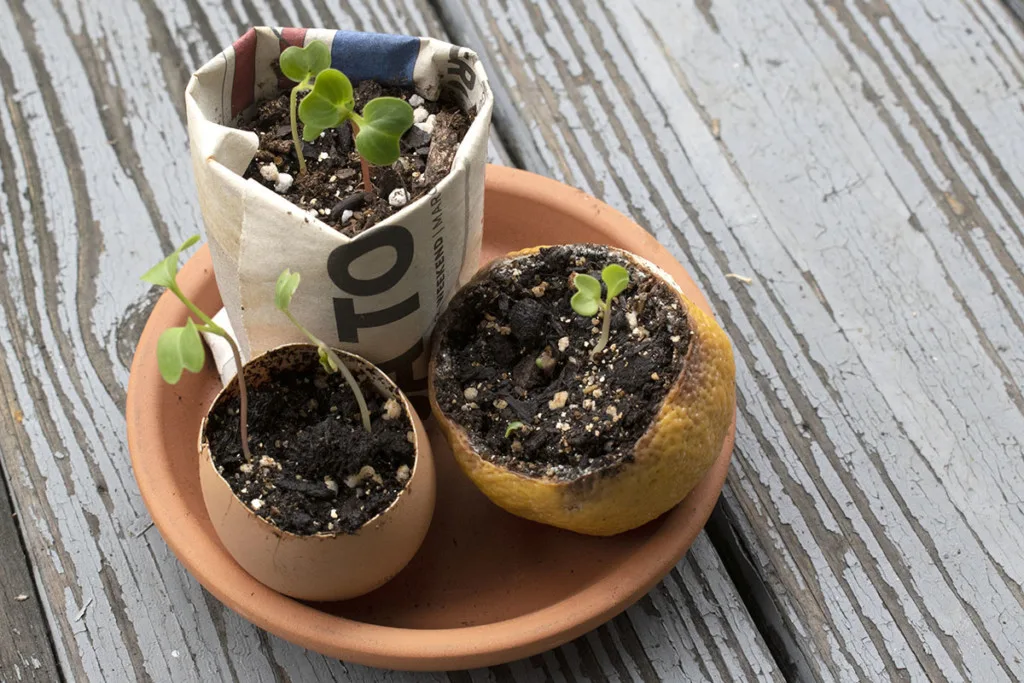
Growing a garden shouldn’t cost a lot of money. Luckily, there are a myriad of ways to get started for free.
Even if you do not have access to a store, there are plenty of ways to use items that you already have, including egg cartons, eggshells and toilet roll tubes to get your seeds started.
There is absolutely no need to buy anything fancy. Skip the shops and use your inventiveness instead.
18. Seeds
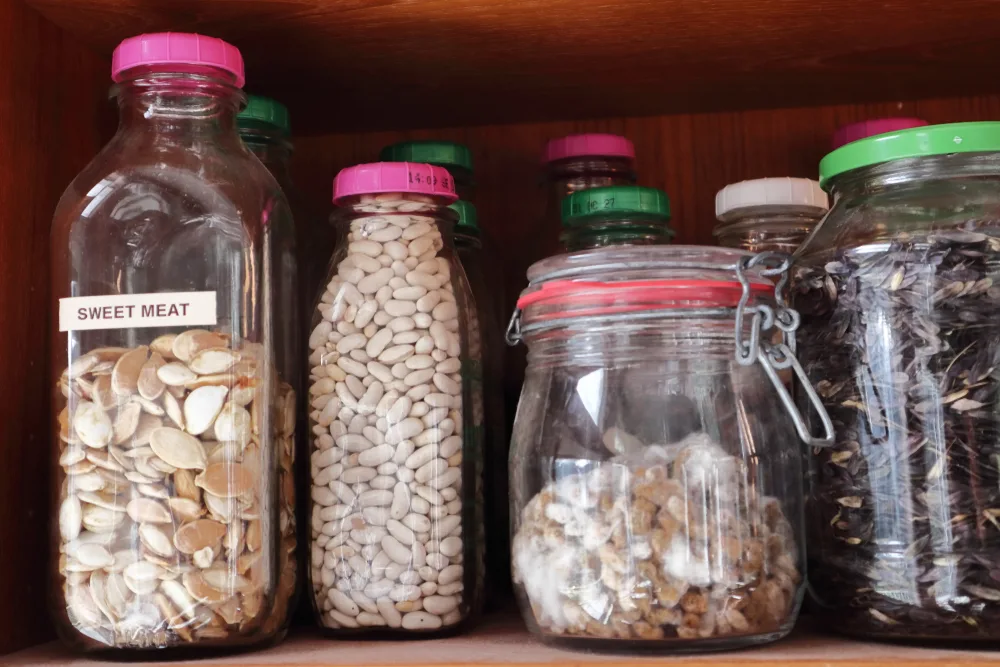
While seeds aren’t something that you technically make – you can grow them in your own garden and save them, trade them or sell them next season for a small profit.
Doing so will not only take your gardening skills to the next level, it will ensure that you can keep growing all the open-pollinated vegetables that you know and love.
If you really have an affinity for saving seeds, you can really save a lot of money by harvesting them every year. Otherwise, it is back to the seed catalogs for you… (which really is not a terrible place to be – just an expensive one!)
You can save tomato, cucumber, pumpkin, zucchini and many other types of seeds.
More than anything, making things (not buying them) should be fun.
When you enjoy what you do, you will take pleasure and pride in using what you create with your own hands, whether it be in your kitchen or the garden.
Keep in mind that there is a very close relation between the two. The sooner you realize this, the sooner you will discover how to be creative with your hands in both places at once.
Pin This To Save For Later
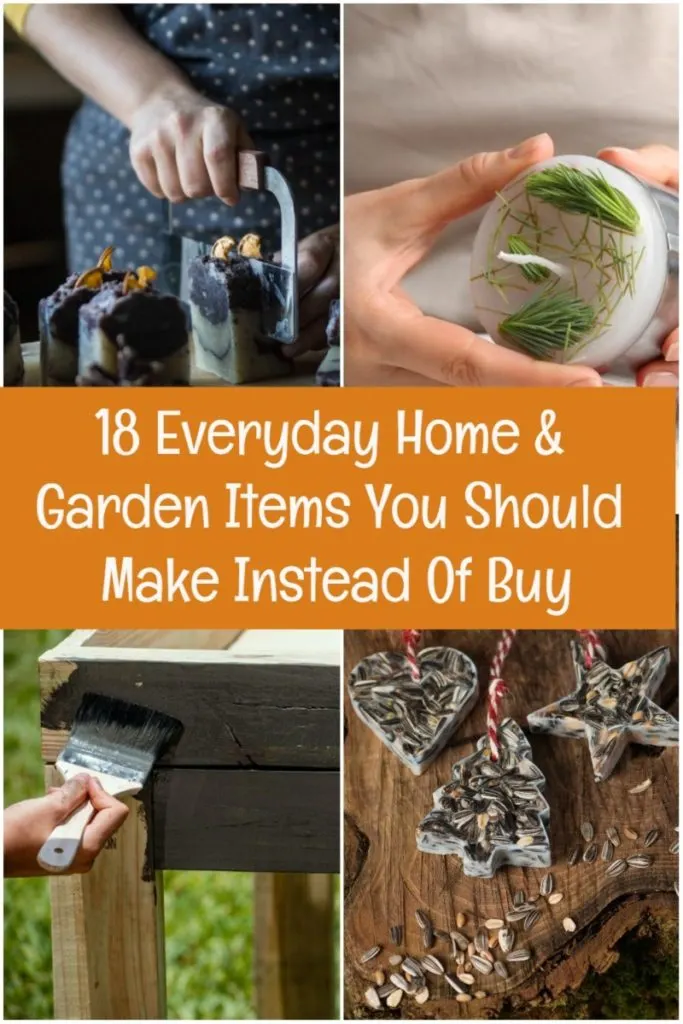

Get the famous Rural Sprout newsletter delivered to your inbox.
Including Sunday musings from our editor, Tracey, as well as “What’s Up Wednesday” our roundup of what’s in season and new article updates and alerts.


